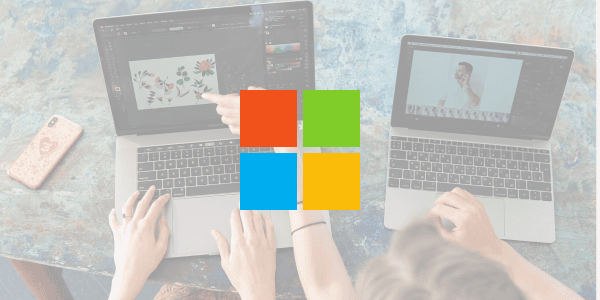On October 13, Microsoft AI announced MAI-Image-1, their first fully internally developed image generation model. The new model has immediately secured a spot in the top 10 of text-to-image models on LMArena, highlighting its quality and performance.
New model targets creative professionals
MAI-Image-1 represents the next step in Microsoft's mission to make artificial intelligence accessible to everyone. The company previously announced two of its own models, and this image generation model marks a significant expansion of their portfolio. Microsoft has specifically developed the model with feedback from professionals in the creative sector.
The model stands out due to its emphasis on practical value for creators. Microsoft has deliberately chosen careful data selection and evaluation methods that align with real creative applications. As a result, MAI-Image-1 avoids the repetitive or generally styled results that many other models produce.
The strengths of MAI-Image-1 lie primarily in photorealistic images. The model excels at generating complex light effects such as reflections and refractions, as well as detailed landscapes. Notably, this quality is delivered with greater speed than many larger, slower alternatives.
Impact for companies and organizations
The combination of speed and quality means that companies can accelerate their creative processes. Teams can visualize ideas more quickly, explore multiple variations, and then transfer their work to other tools for further refinement. This can be especially valuable for marketing departments, design studios, and content teams that regularly produce visual material.
For organizations already using Microsoft tools, MAI-Image-1 offers the ability to seamlessly integrate image generation into existing workflows. The focus on flexibility and visual diversity makes it suitable for various sectors, from e-commerce to entertainment.
Future Perspectives
Microsoft emphasizes that MAI-Image-1 paves the way for more immersive and creative experiences within their product portfolio. The model enables users to quickly move from concept to execution, lowering the barrier for visual content creation.

